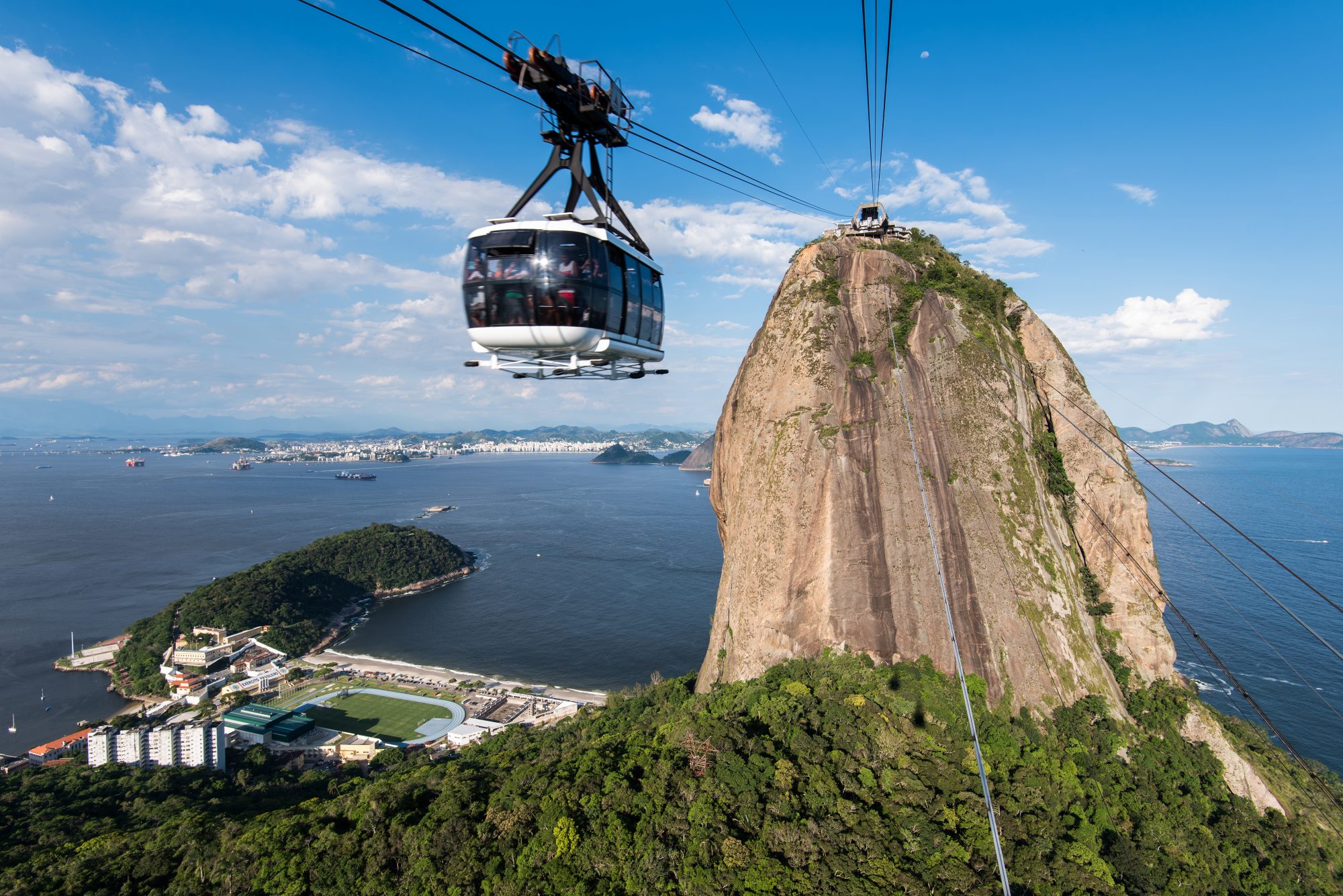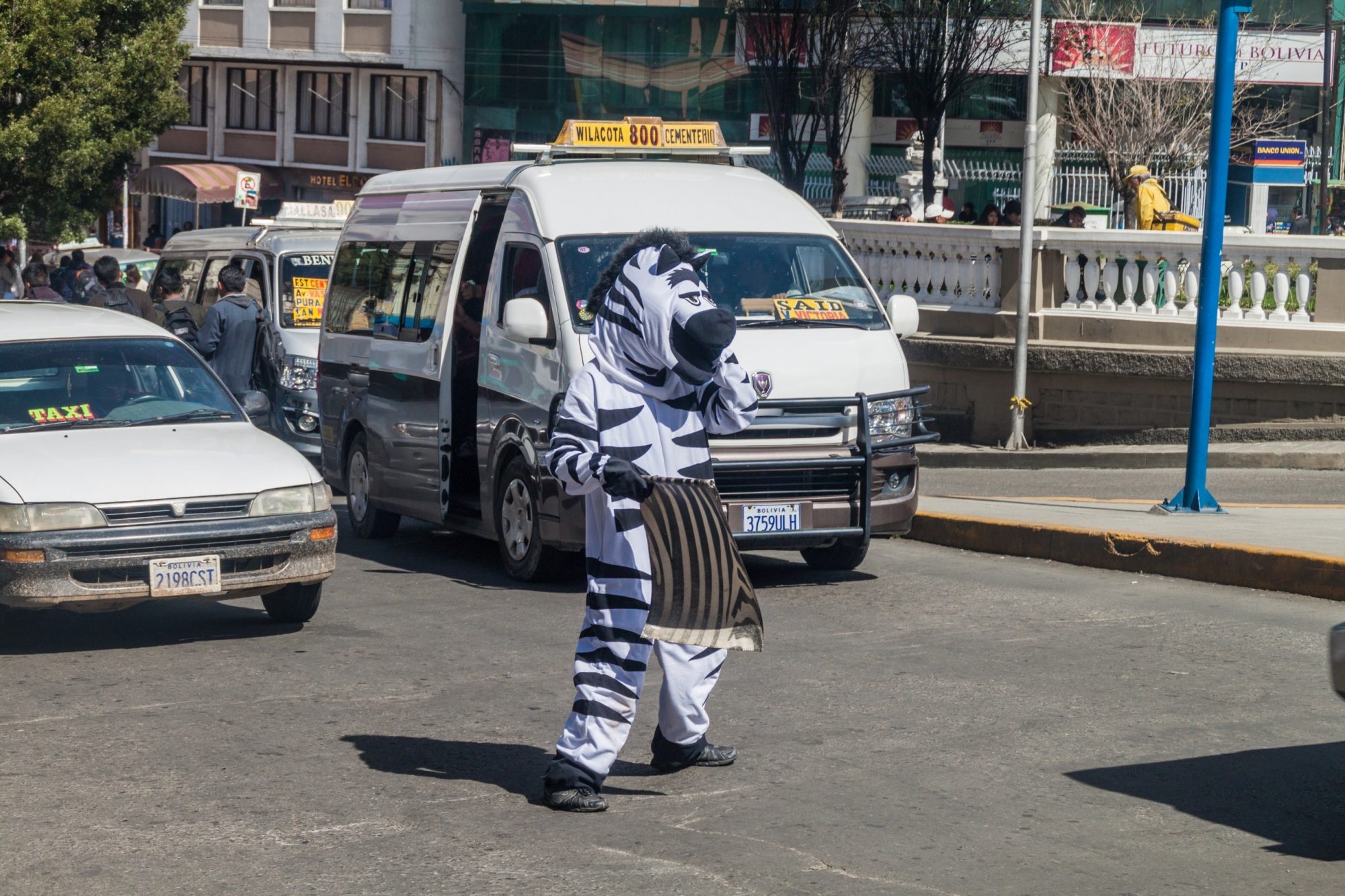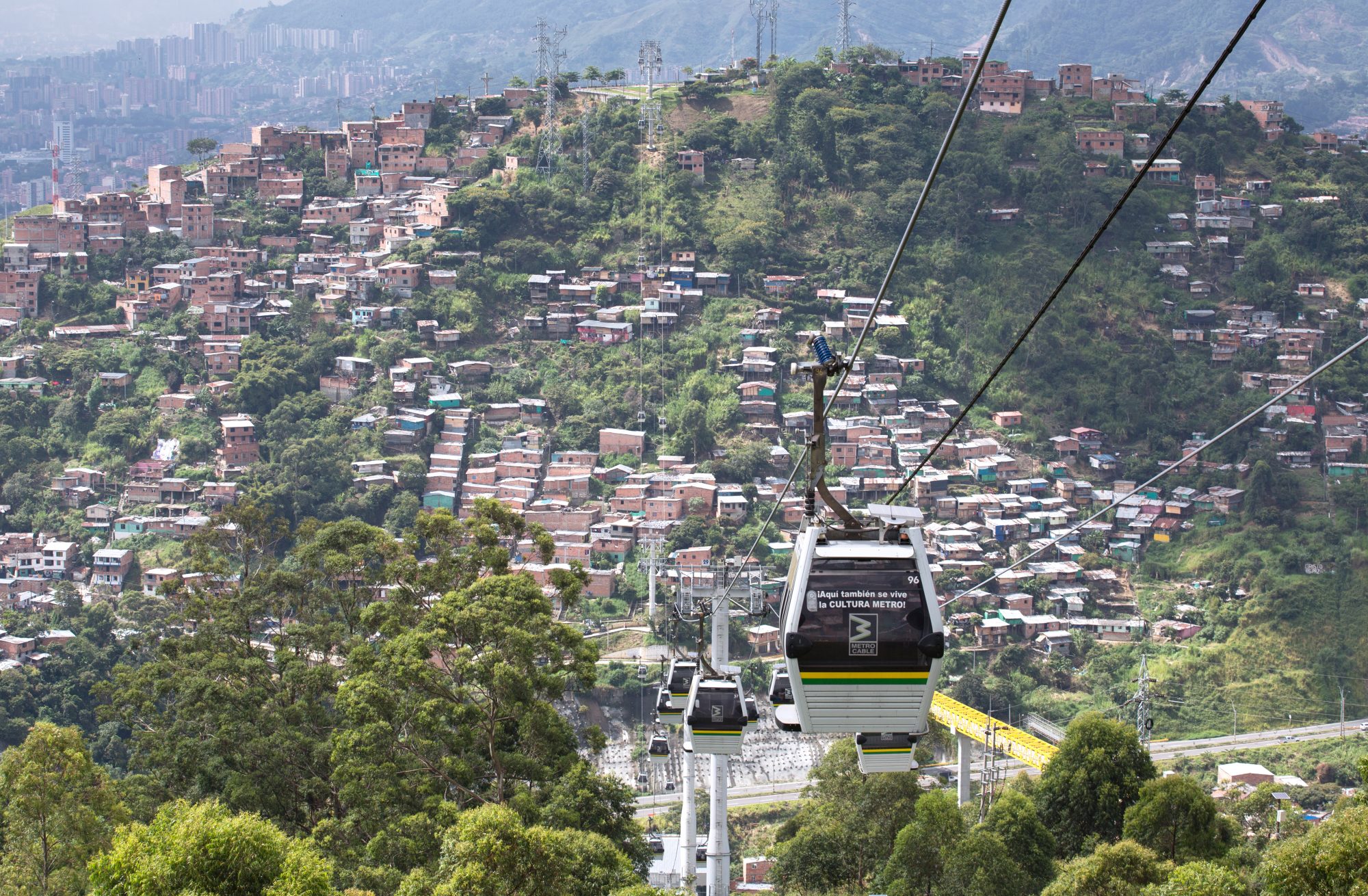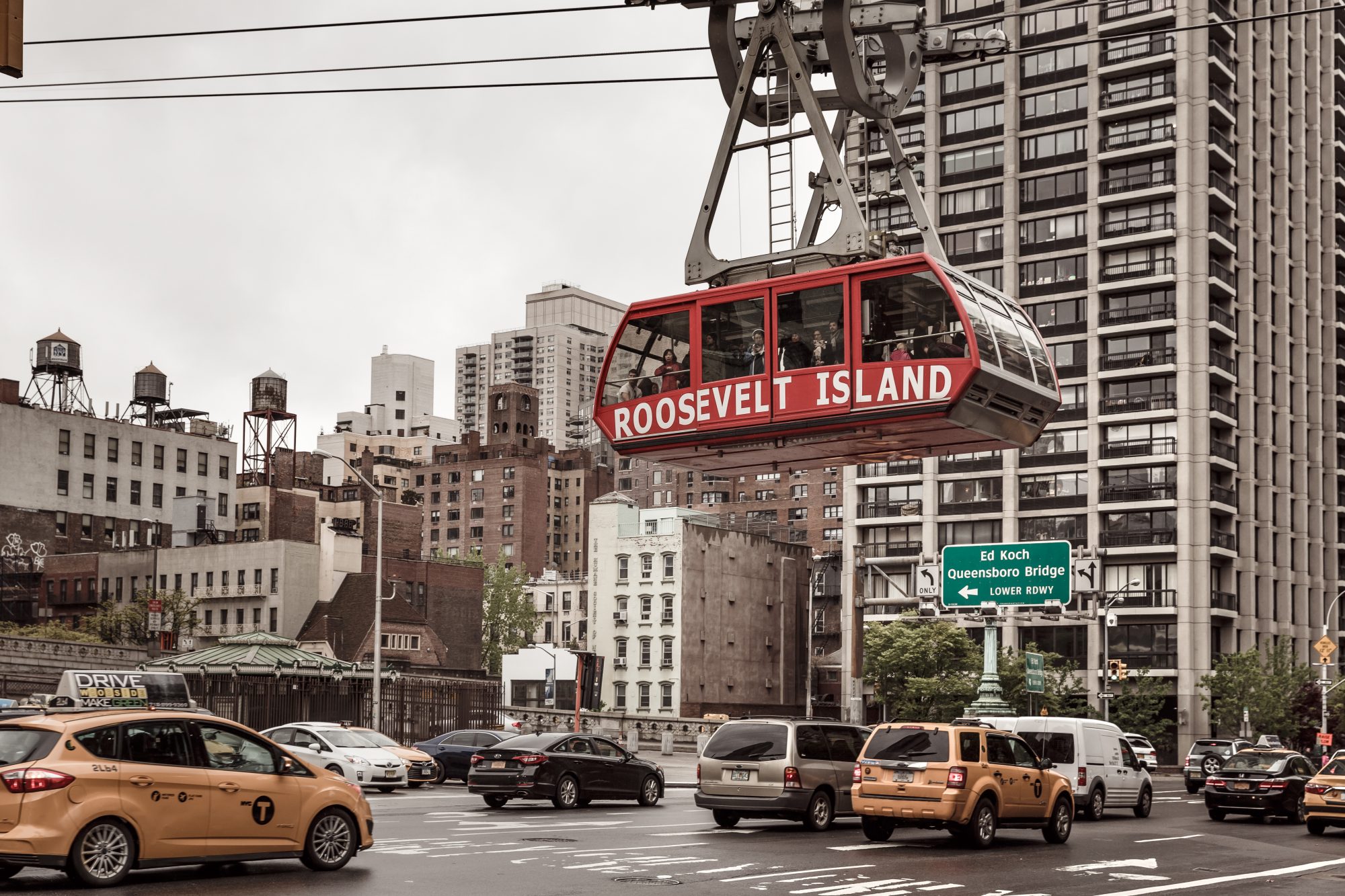Urban Ropeways – The Future of Urban Transit Is Skybound
Public transport expansions are a planning nightmare. Urban ropeways could solve this problem.
The conception of affordable and efficient public transport systems is always a challenge for municipal administrations. They are highly capital-intensive and a planning nightmare, with thousands of things to consider and years of design and construction until completion. But as it turns out, urban ropeways could provide an answer to some of these problems.
When people think about ropeways, they think of ski resorts in the mountains, and they think of tourist attractions like Sugarloaf Mountain in Rio de Janeiro. In these places, ropeways can offer stunning vistas and transportation to areas that are naturally hard to reach. Their ability to transport people into or over historically impassable terrain is just what makes ropeways such a good fit for cities fighting large elevation differences. So, the technology that brings skiers to a mountain peak can also get commuters to their workplace.
Sugarloaf Mountain with the Cable Car in Rio de Janeiro

In 2004, the Colombian city of Medellín pioneered the urban ropeway with the unveiling of their first line, which connected the inner city to a less accessible, elevated outer district. The years following saw a growing number of urban ropeway projects in cities as diverse as Brest, London, La Paz, Portland, Ankara, Nizhni Novgorod and Caracas. But what will be a surprise to most people is, that these ropeways do not lead to some popular tourist attraction, they are used as means of public transport. Ropeways are usually not thought of in the context of mass transportation, but it turns out, their qualities can provide an effective approach to better connect neighborhoods.
If an administration decides to have a metro line built, it can take several years to go from concept to reality. It also requires billions of dollars in investments and an immense labour force. The installation of a ropeway only takes a fraction of the time and capital of subways or lightrails. And, in comparison to trains, subways and buses, they produce practically no noise.
A ropeway under one kilometre in length, that is reasonably simple, can be designed and built within one year. Since they only require the placement of towers with a small footprint, they use up less of expensive city real estate, which further drives down costs. Although they do not have capacities as high as those of rapid transit systems, they can prove astonishingly efficient; especially in cities with high elevation differences and on routes, where only moderate ridership is expected. They are certainly not a fitting solution for every city, or even for most, but given the right circumstances, ropeways could turn out to be the best, most cost-effective approach.
Zebra traffic warden is helping with the traffic in La Paz

The creation of urban ropeways generally brings a number of positive effects with it. Due to better public transport opportunities, ways around a city take less time and the use of public transit instead of cars is encouraged. This leads to lower CO2 levels and fewer particulate emmissions. Connecting disparate neighbourhoods with the help of public transport lines contributes to the reduction of inequalities and the diminishing of socio-economic estrangement within cities. Due to low ticket prices, they are accessible for all inhabitants. The low-income population, often struggling to afford cars or bikes, especially profits from such
services.
When the Colombian city of Medellín opened its first ropeway line in 2004, the idea of urban transportation by gondola was widely regarded as a novelty, but the concept became a resounding success. As of 2017, Medellín metro transportation features four ropeways in addition to its two subway lines and its one tram line. The system is highly popular among the inhabitants. But it still has its problems. As capacities are not high enough for the masses of the metropolis, long queues can build up at ropeway stations at peak times. Nevertheless, one could argue, this state still constitutes a significant advantage to previous decades, when public transport to the more mountainous areas of the city was assumed to be an impossibility.
Metrocable public transport in Medellin, Colombia

The Bolivian capital of La Paz has continually faced traffic overload for many years. A fact that is especially problematic, since La Paz and the adjoining city of El Alto are closely intertwined, but separated by about 400 metres in elevation. The international airport of the metro area is situated in El Alto and takes about 45 minutes to reach by car, although it is only a few kilometres from the centre of La Paz. What makes for a very difficult environment for traditional forms of transportation, is the perfect field of application for gondola lifts, as they simply glide over natural obstacles, like slopes or rocky terrain. Since the Bolivian capital is densely populated,
buildings that would have to be demolished to make space for roads or tracks can stay untouched. Instead, slim towers emerge from inbetween the buildings, ready to carry the ropeway and its gondolas. As of today, the metro area of La Paz – El Alto has five ropeways in operation and six more are planned. Because of this extensive system, La Paz is the only city in the world that uses ropeways as its primary means of public transportation.
Urban ropeways are still in their infancy and their pertaining terminology is still in flux. It can be troublesome to talk about cable-propelled transit when there is no clear agreement on one, universal name for it yet. In South America, it is generally called Teleférico or Metrocable, in francophone countries, it’s called Teleférique, and in English, phrases like gondola lift, aerial tram, or cable cars compete against each other. This is especially confusing, since aerial trams and gondola lifts are two completely separate technologies. A gondola lift consists of suspension cables that carry multiple, smaller gondolas along. This allows them to reach higher capacities and cut down on passenger waiting times.
An aerial tram, on the other hand, works very much like a normal, railbound tram. It doesn’t feature detachable grips, which forces it to go back and forth between stations in a loop. As this can take several minutes, trams can be built significantly more spacious to maximise their capacity and make them more efficient. Aerial trams are rarely used for urban transport because their capacity is easily outperformed by gondola lifts. One of the few aerial trams for public transit can be found in New York City, where it connects Roosevelt Island to Manhattan.
Roosevelt Island cable tram car

The great views urban ropeways can provide can be a source of joy, but they also pose a non-trivial privacy problem for citizens living along a line. As gondolas go by buildings, residents can easily be watched by passengers. A creative solution to this problem has been experimented with in Japan.
The Morizo gondola lift that connects the towns of Seto and Nagakute partially glides over densely populated areas. In order to protect the residents’ privacy, gondolas of the line were equipped with special glass that can automatically turn opaque to ward off the searching looks of passengers.
Although urban ropeways can be utilized to improve a city’s transportation situation, the usefulness of such an endeavour heavily relies on the specific characteristics of a city and the planned travel route. Londoners found this out the hard way. In 2012, Transport for London put into operation a gondola line that would connect Greenwich to the Docklands on the other side of the Thames, about one kilometre away. But only a few months later, the so-called Emirates Air Line had a ridership below ten percent of its capacity. Investing in the new gondola line turned out to be of little use; a problem that could have been easily forseen, since the line connects two less populated areas, and the same destinations can also be reached faster by light rail and metro. Although it offers an impressive view of the Greater London area, which makes it attractive for tourists, the Air Line lacks any real purpose as a public transportation service.
View from the Emirates Air Line cable car

New York’s Roosevelt aerial tram also seems to be an aesthetic choice more than a practical one. It has only recently been completely overhauled at a price of 25 million dollars, although there proves to be only little demand for it; not least because passengers can only ride between Roosevelt Island and Manhattan. The tram might be useful for this short route, but for people wanting to travel further, it is much easier to simply take the subway that covers the same ground, and also lets passengers go to Queens, Manhattan, and Brooklyn.
Nevertheless, these cases should not discourage municipal transporation providers. In the beginning, it seemed to be a daring approach bound to fail, but urban ropeways have proved themselves to be a reliable and costeffective option for public transport under the right circumstances. They only require the right route in the right city. If projects are carefully selected, urban ropeways can greatly contribute to better connected cities; even against the odds of nature.
Keywords
Urban ropeways, public transport, La Paz, Medellín, cable-propelled transit

